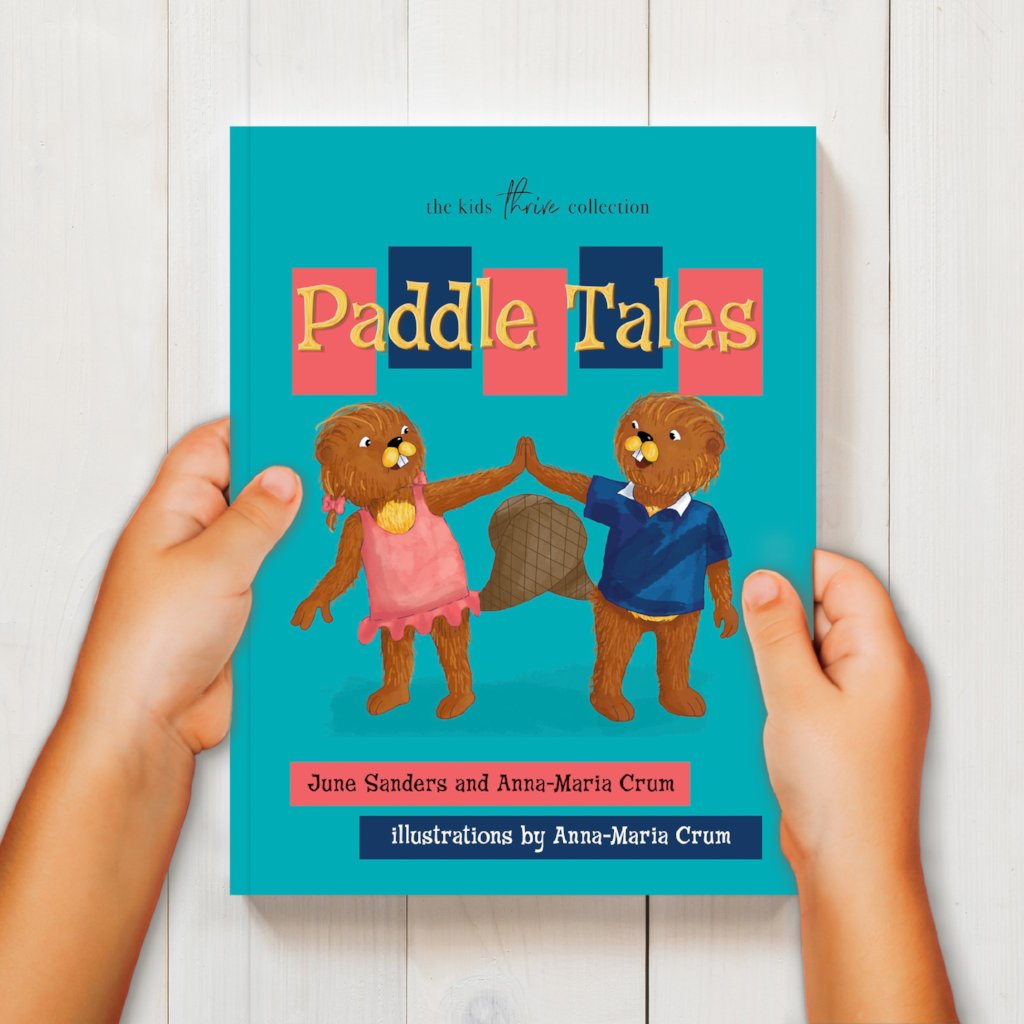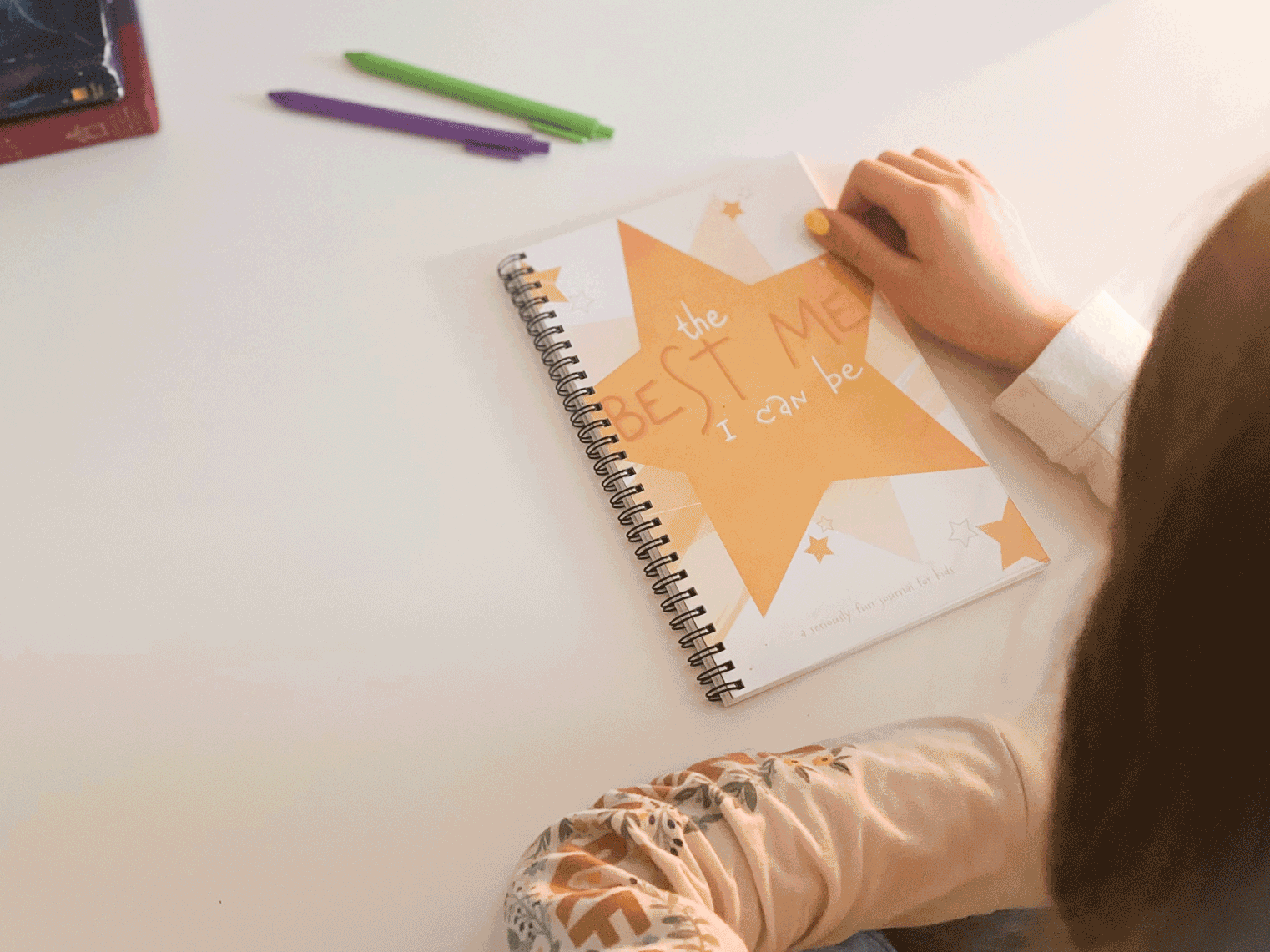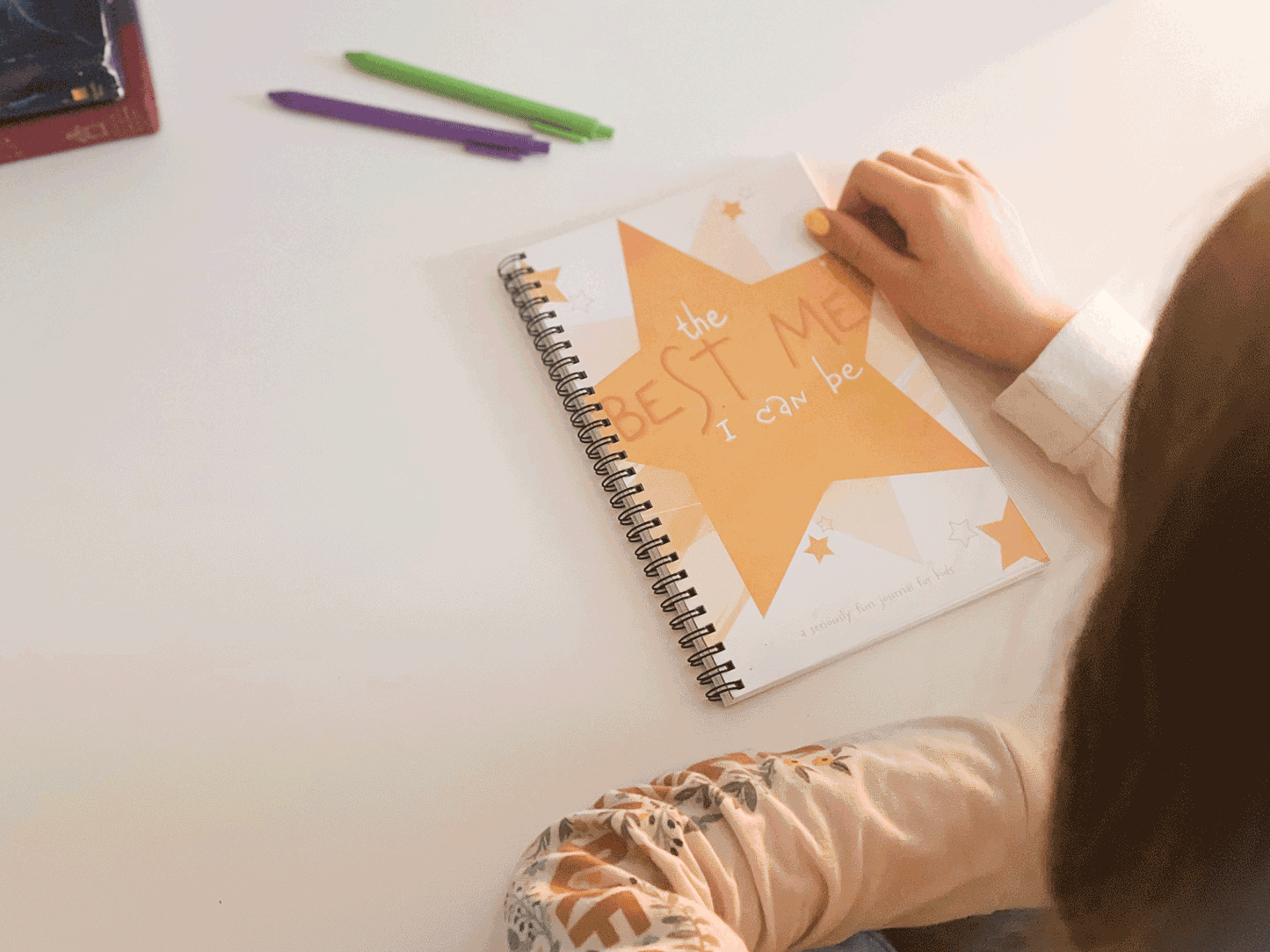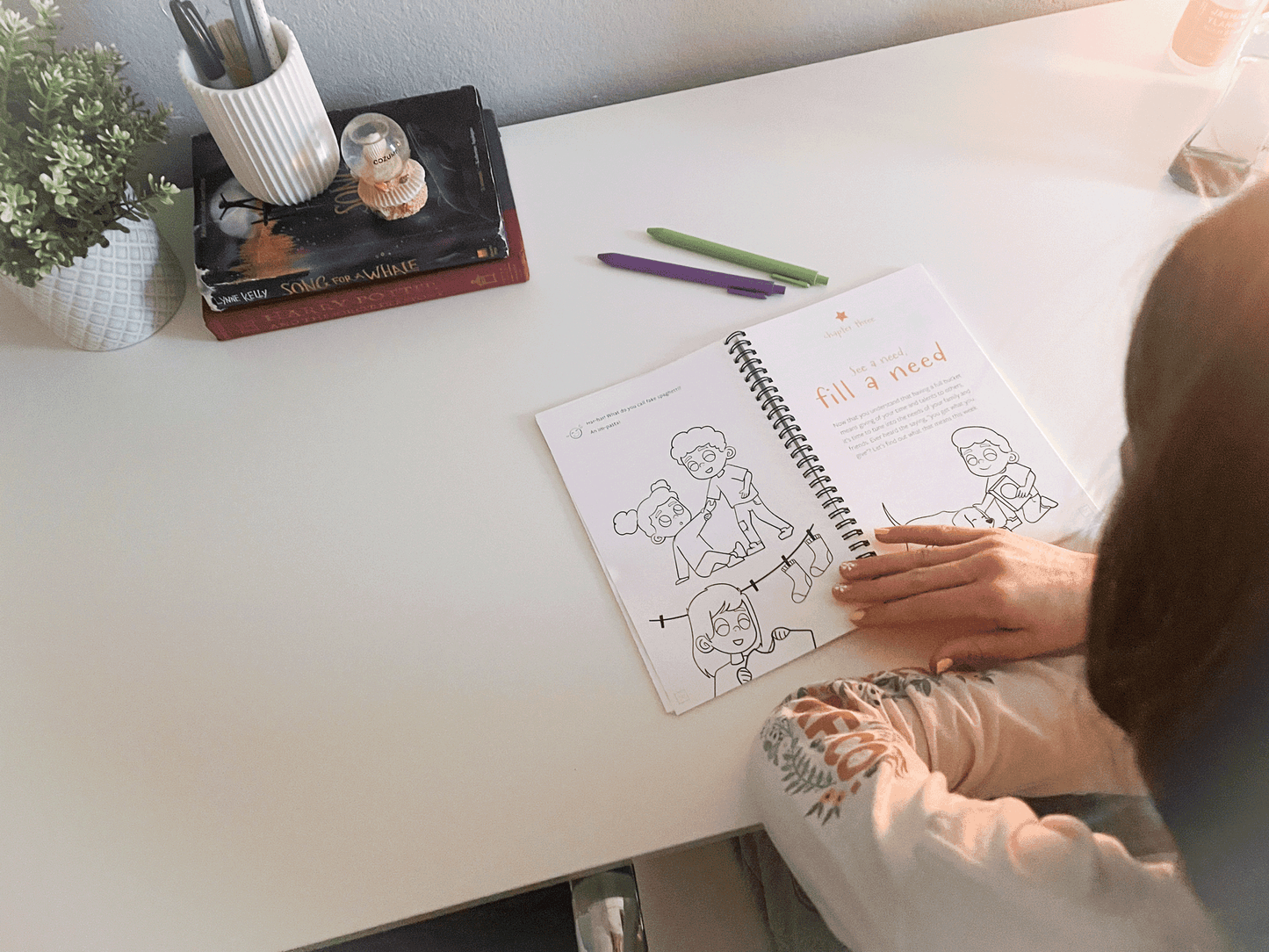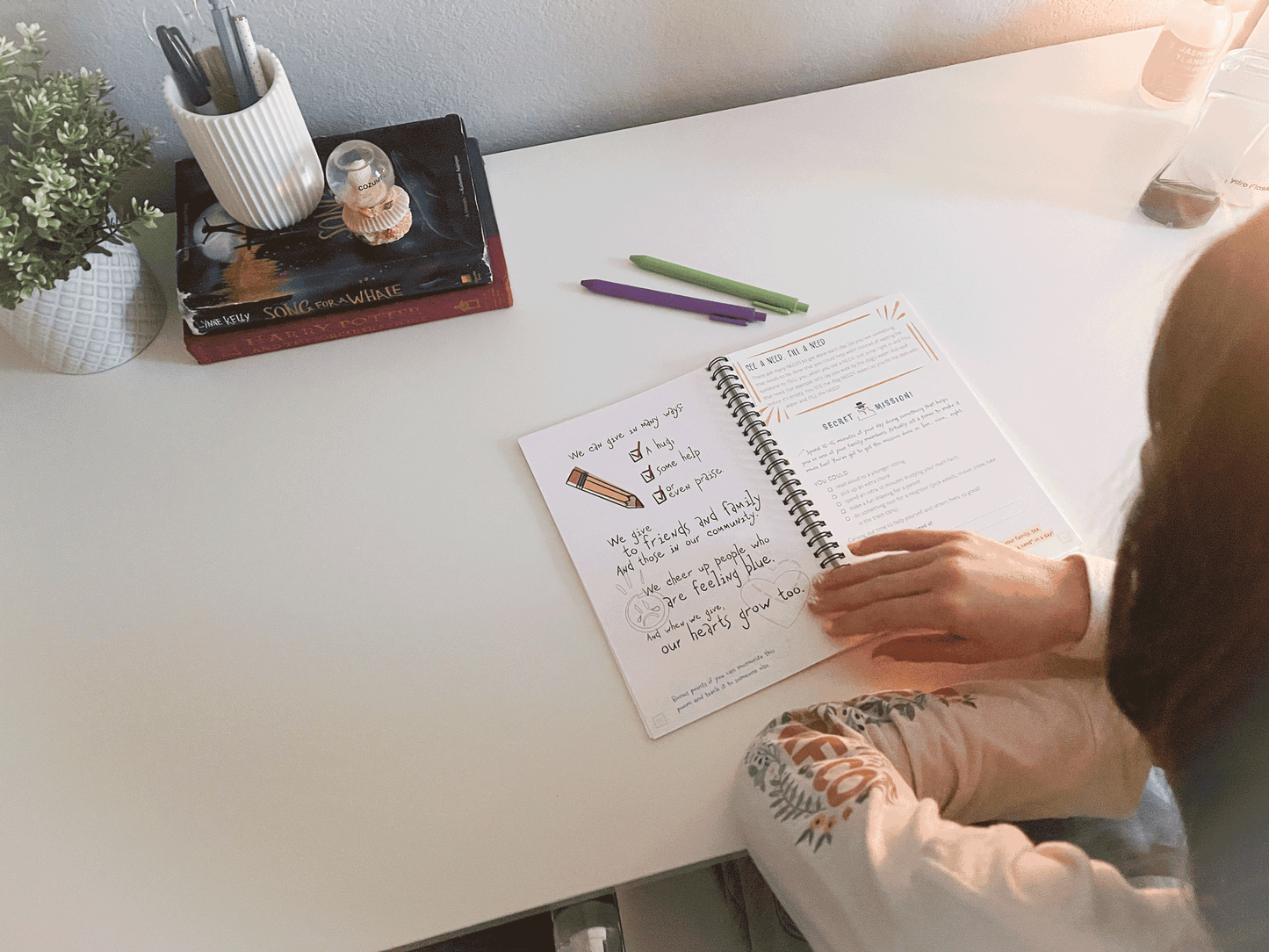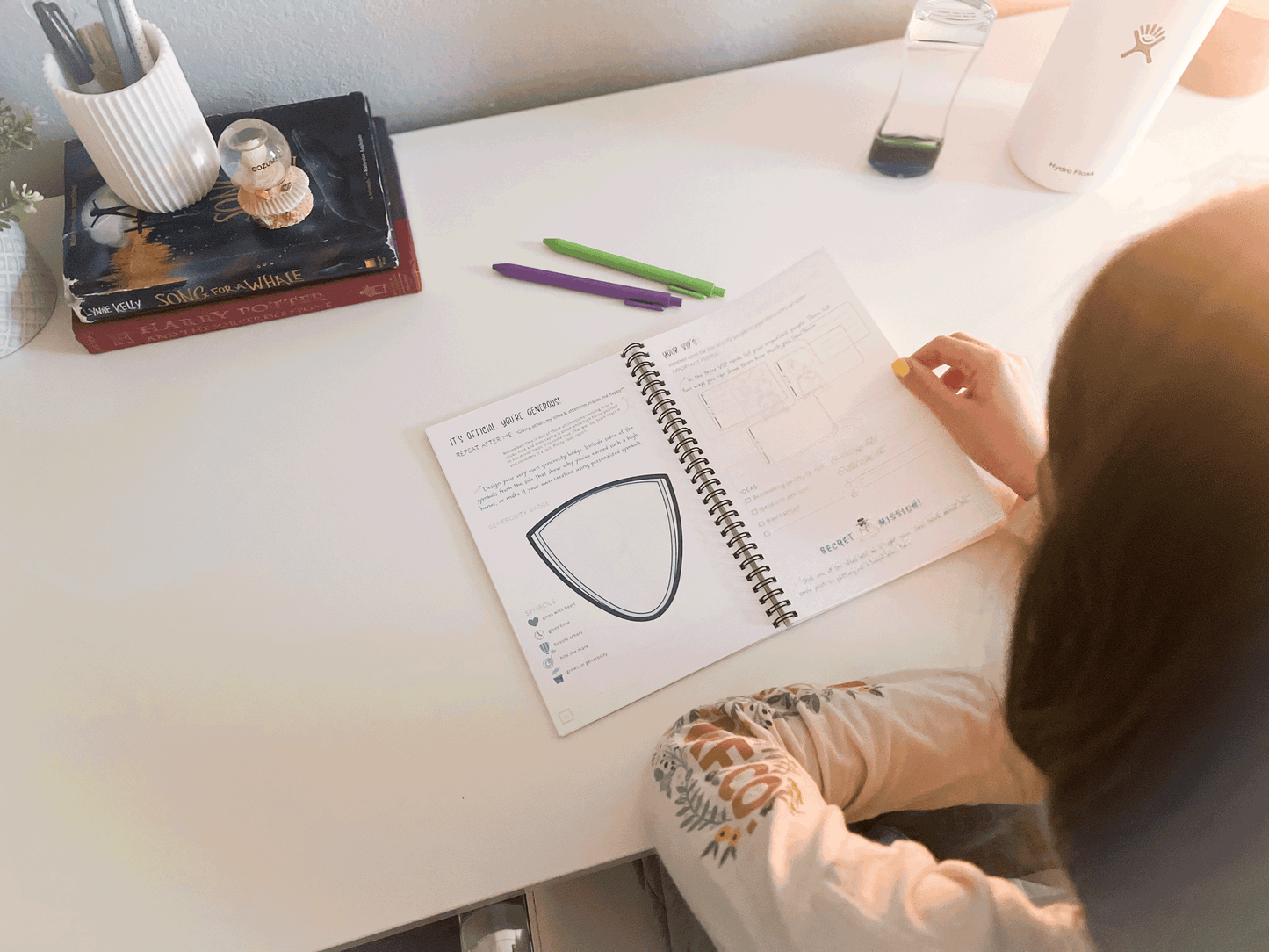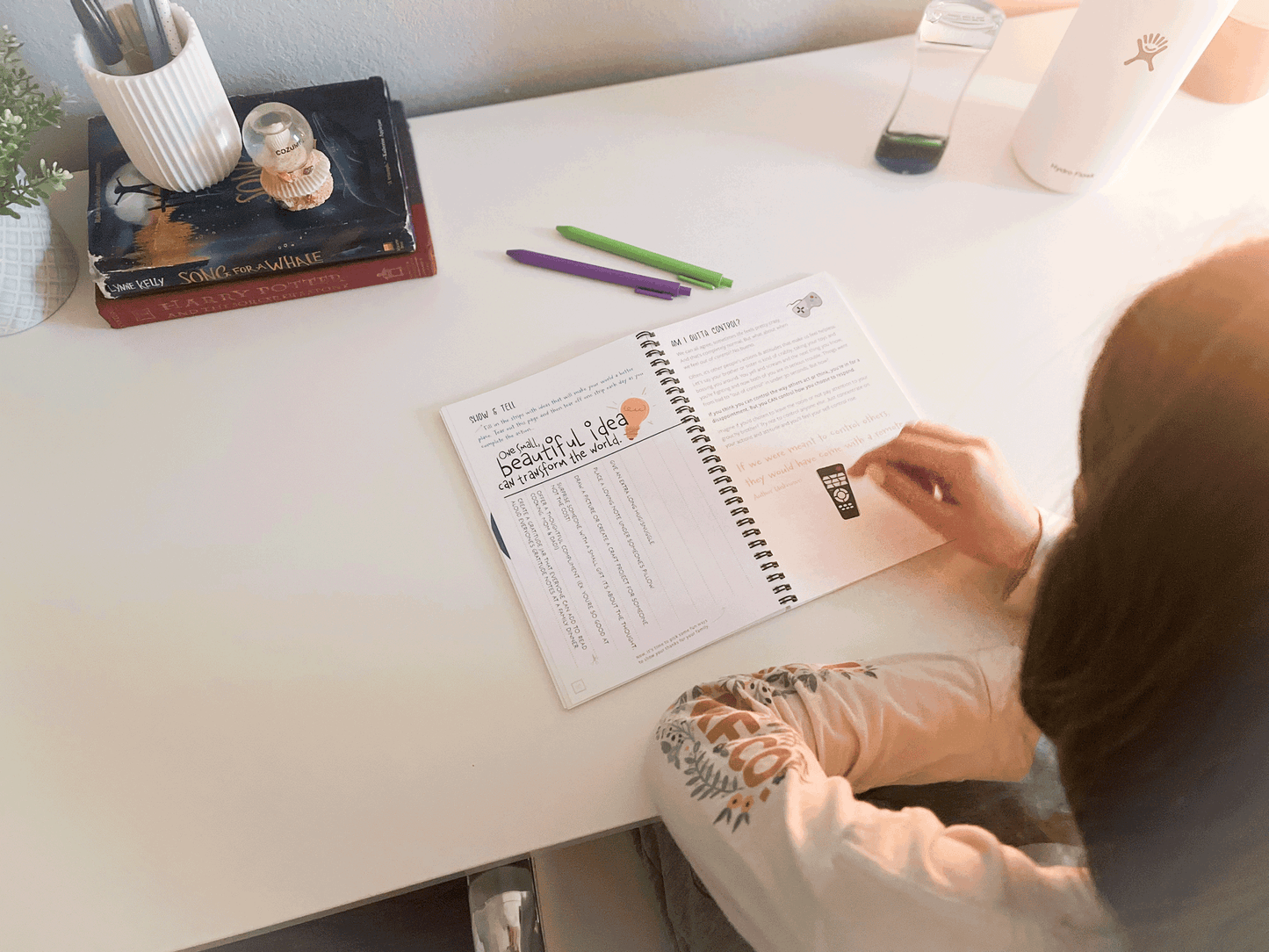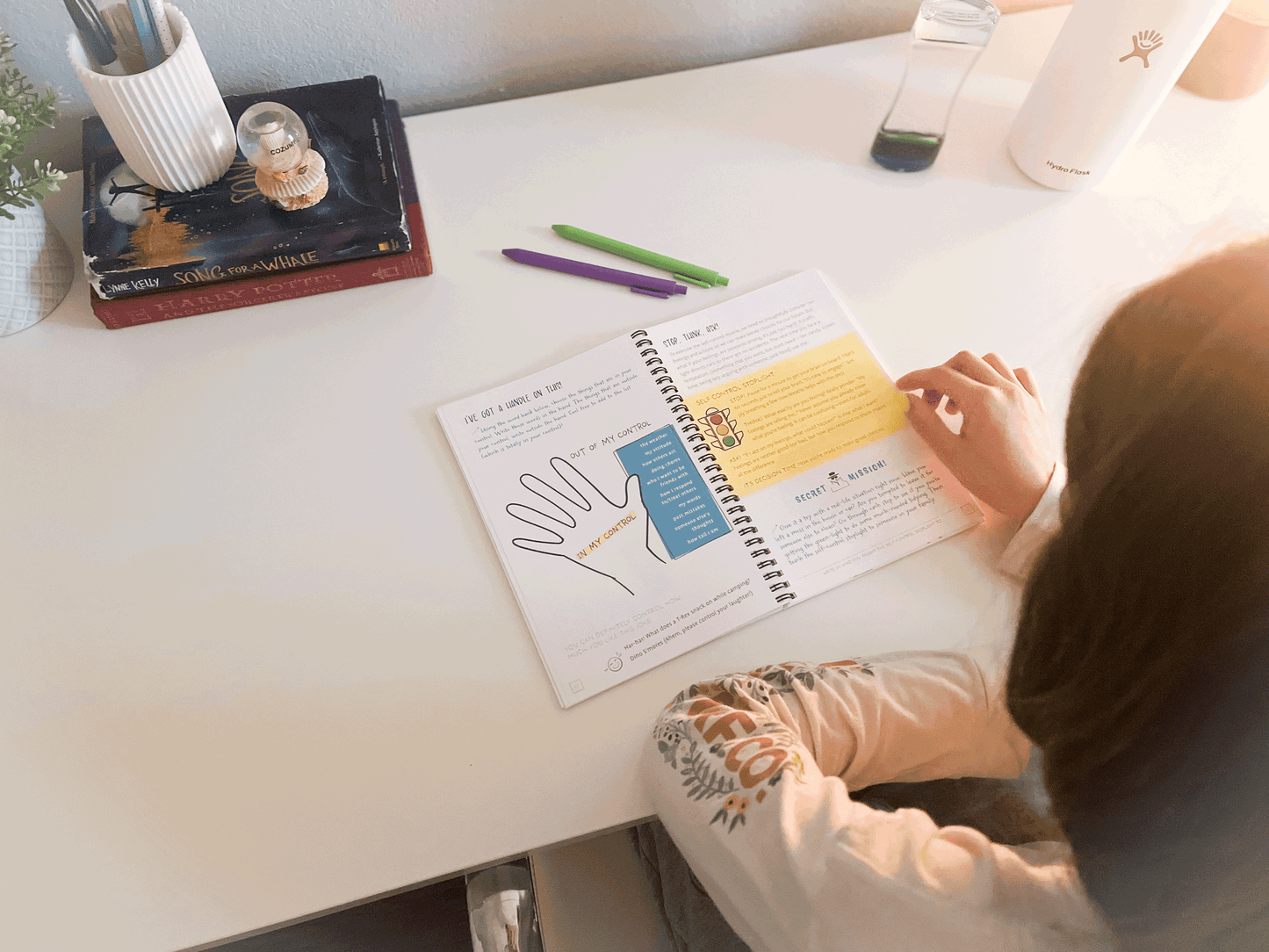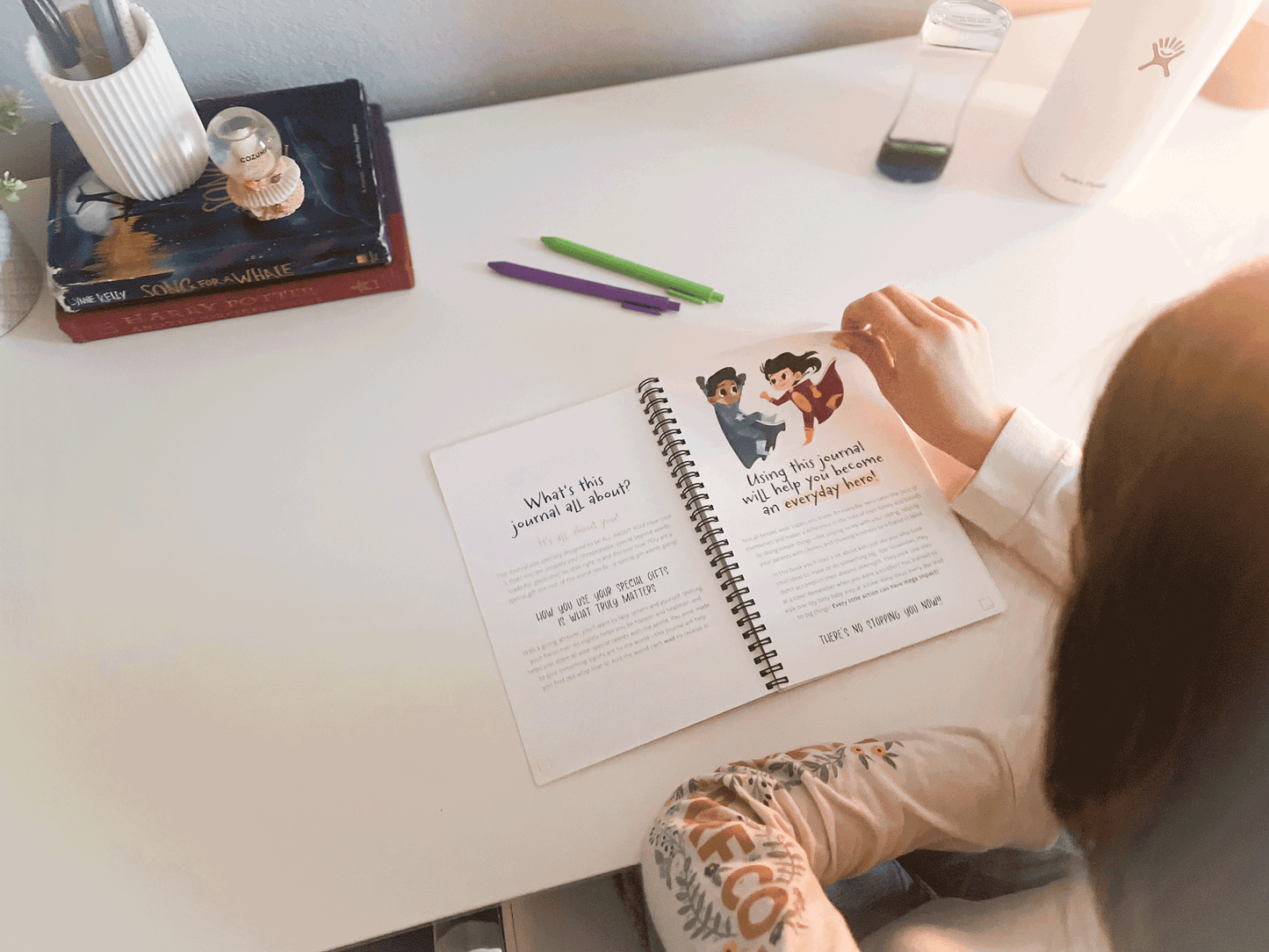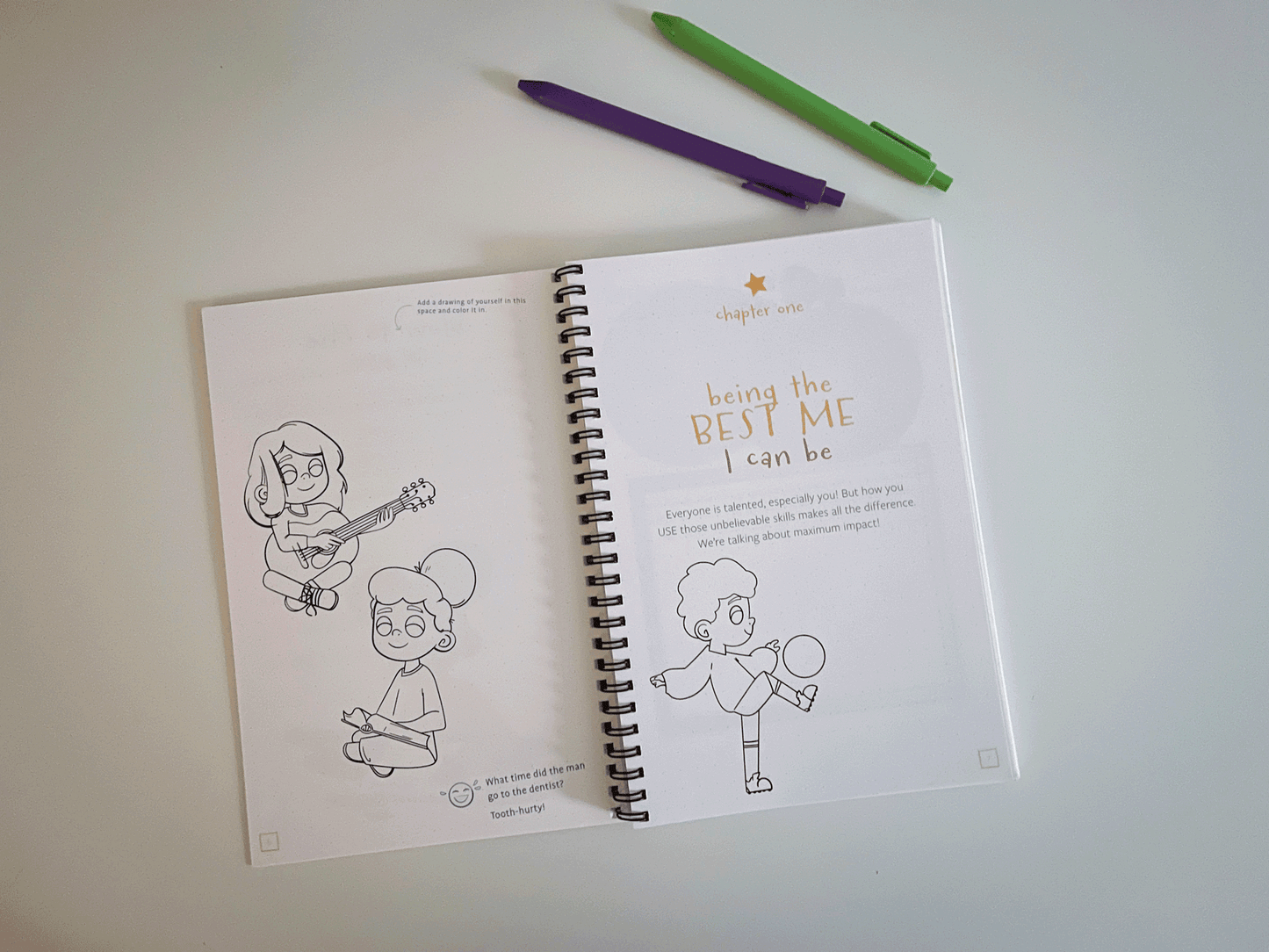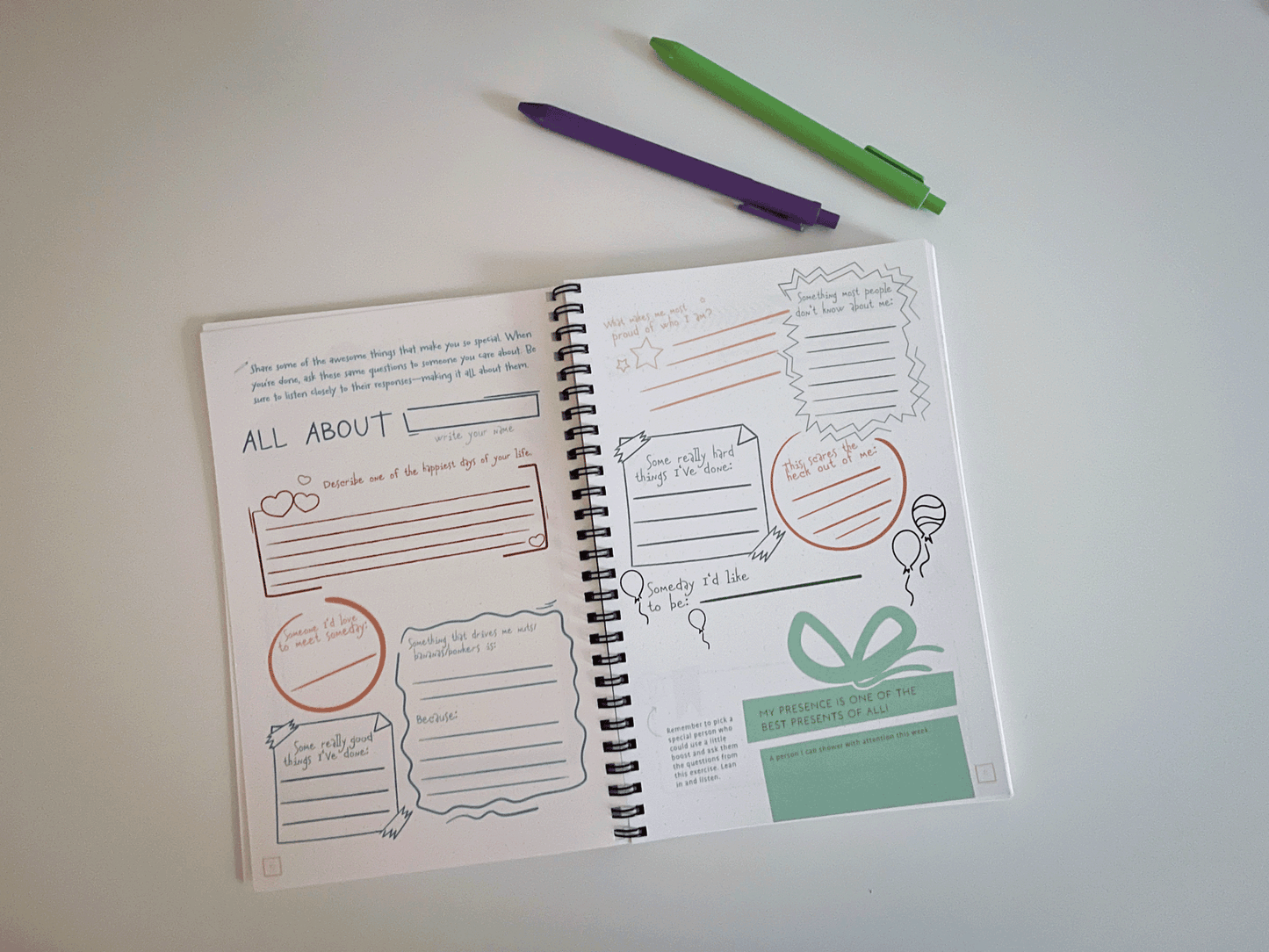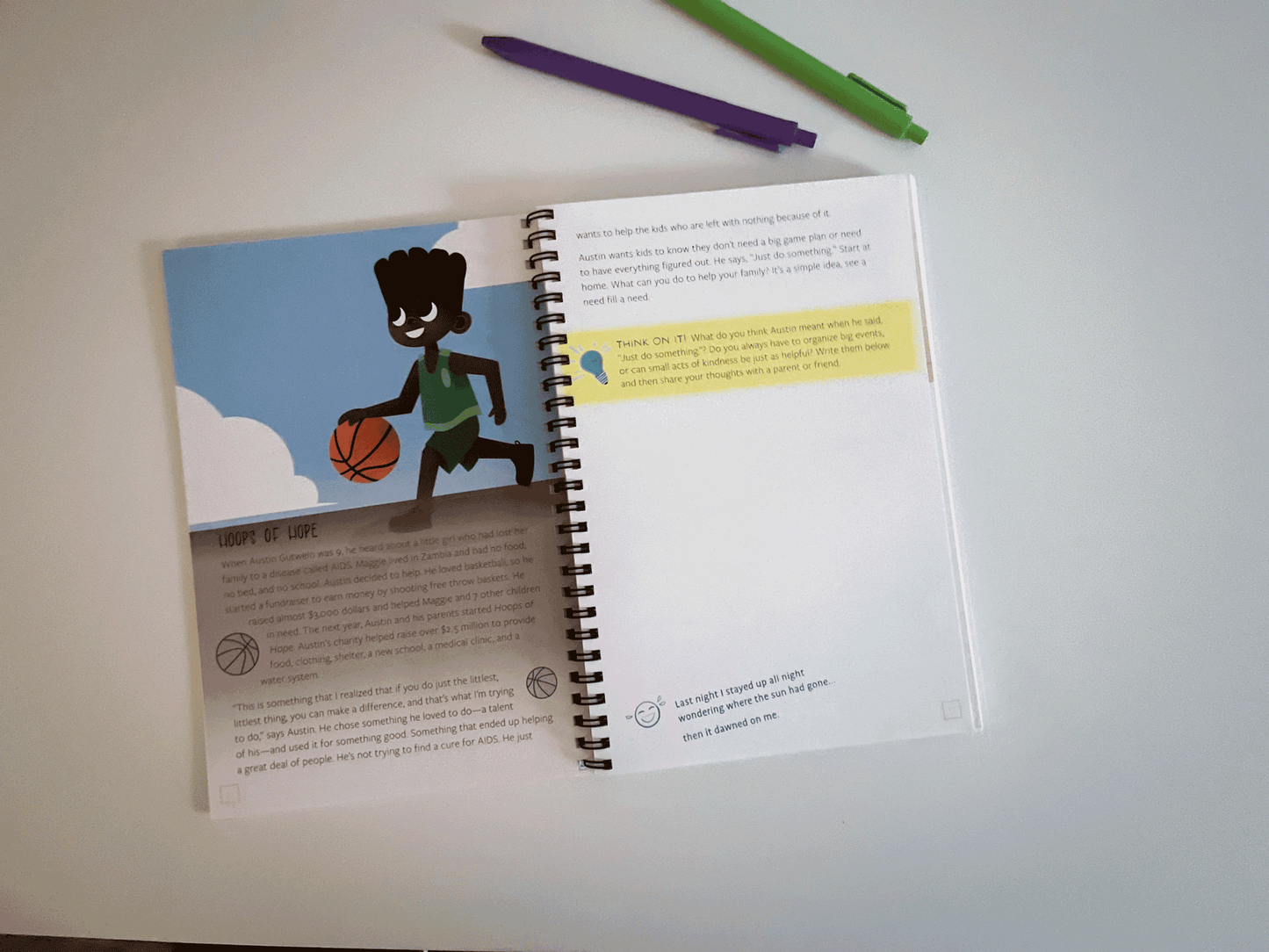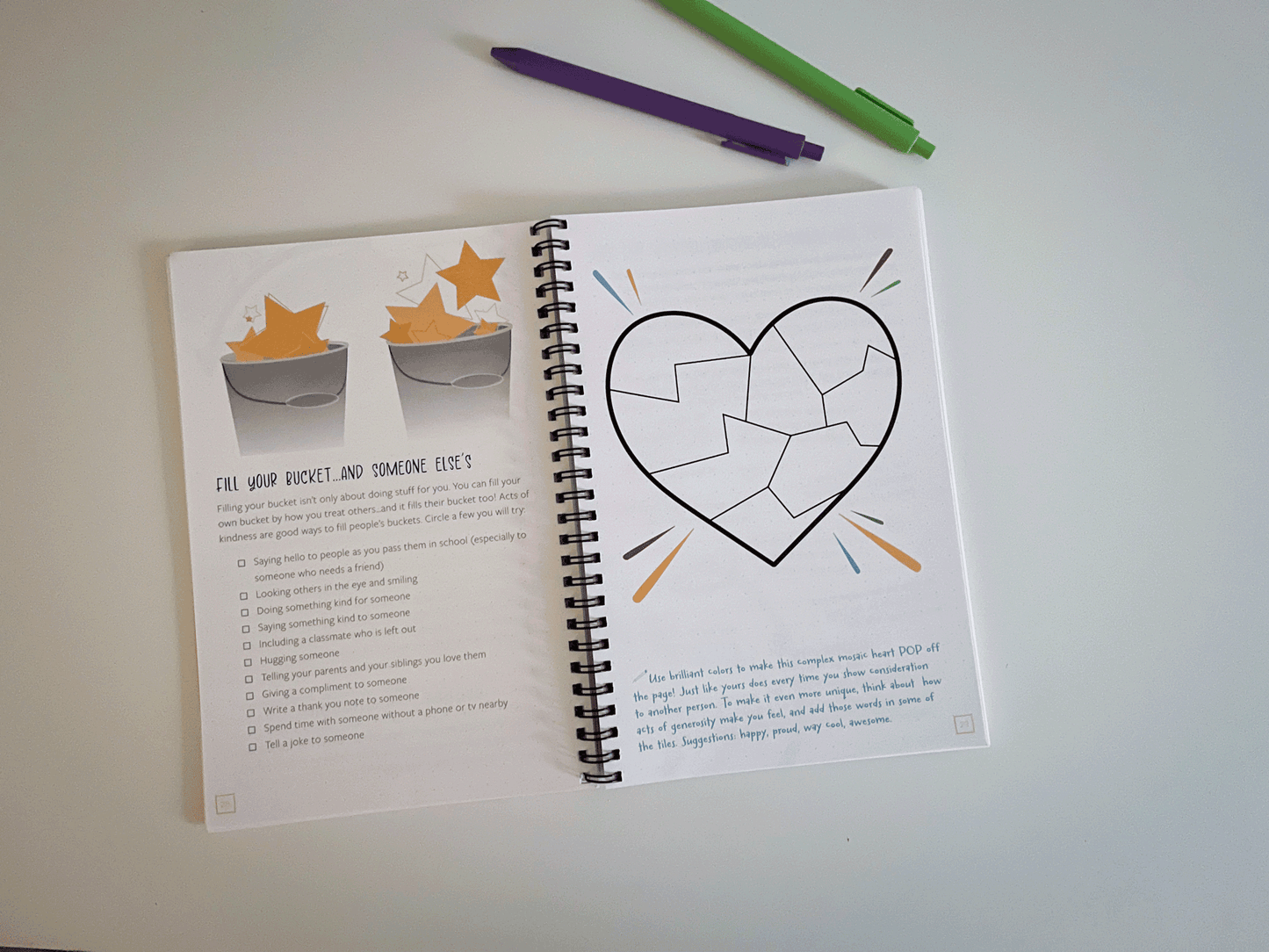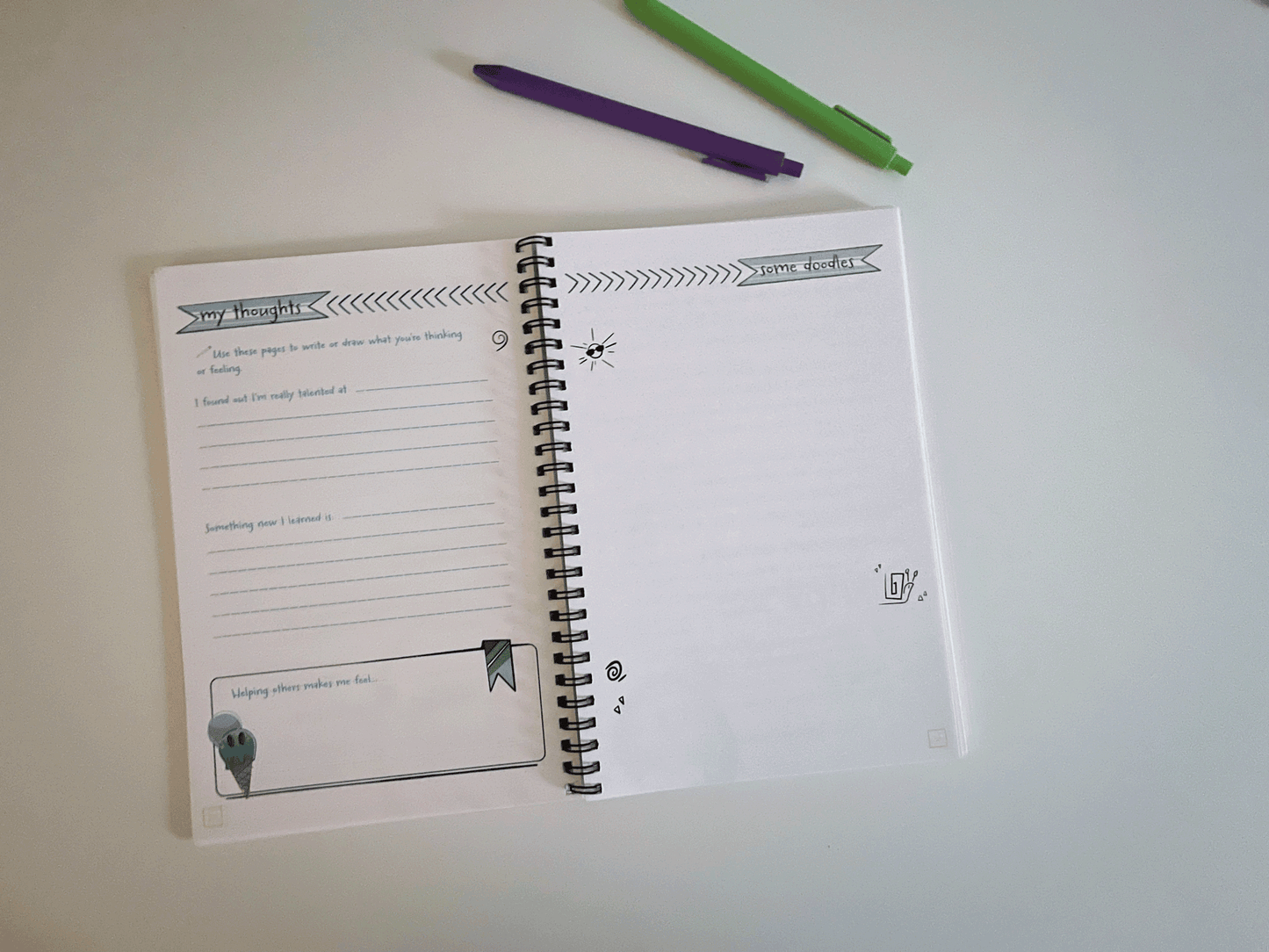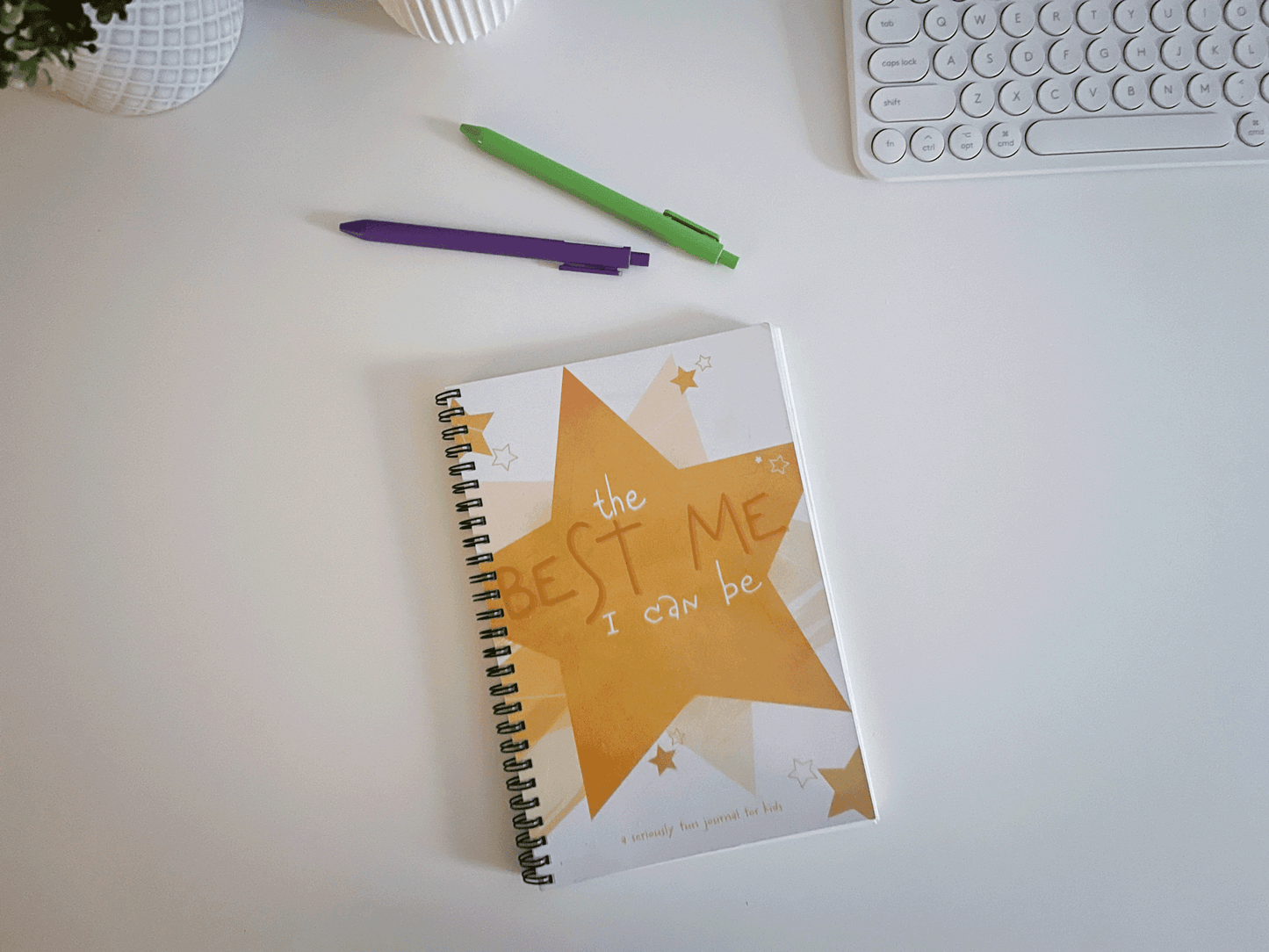FROM ENTITLED TO GRATEFUL: HOW I TAUGHT MY DAUGHTER TO APPRECIATE HER TOYS MORE
Guest Author
Written by Jeremy Bangs
My daughter, Olivia, or Livvy as we call her, had a lot toys.
And she always asked for more. It got to the point she expected every trip out of the house would somehow produce for her a new stuffed animal.
Well, I put a stop to that. But I must admit, I was also the one who put the start to it in the first place.
This isn’t about the stereotypical idea of a kid knowing her dad is a pushover for buying her things so she just decided to keep asking—that’s just a given. It goes much deeper into consumerism and the unintended consequences of excess.
Perhaps the best way to begin is describing Livvy’s toy room at the time, which was the dining room. At one end was a desk for crafts and science projects. The desktop was held up by drawers filled with crafting supplies. Underneath it, was a chest of toys.
Along the side wall was a bank of twelve cubby-hole shelves filled with bins of more toys. In the TV room was another chest overflowing with stuffed animals. In the living room, there was a third chest of dress-up clothes.
Hopefully you’re getting the picture of what was at the root of this problem. The number of toys this kid had at one time was overwhelming not just to me, but to her. I’m not talking about overwhelmed with happiness, either. I’m talking about the kind of sensory overload that shuts a person down because they can’t mentally process what’s laid out before them. And she didn’t ask for many of these toys. They just showed up over a series of Christmases and birthdays.
In her playroom, we’d barely start playing with one thing and then she’d get distracted by something else. We’d start playing with that thing and she’d remember it had an accessory and we started looking through cubby boxes. If that didn’t work, we’d dig through the toy chest. If it wasn’t there, we’d go to her room to look for it. If it wasn’t there, we’d look in the basement. Along the way, we’d find other forgotten toys to play with and we’d start playing with that instead. Simply put, all those toys, all those choices, rarely stopped being overwhelming or disorganized long enough to be any fun at all.
I think all of this was brewing in the back of my mind as we made our way toward the exit of the zoo one day in 2014 when Livvy was 5 years old. We couldn’t even see the exit/gift shop signs when Livvy started waterboarding me with questions about getting a stuffed animal before we left and I couldn’t bear the thought of one more toy tossed on the pile we already had.
“We’ll see,” I said, hoping she’d just forget about it in the next five minutes.
She calls my bluff on that one almost every time and she did this time as well. So we went into the gift shop and, with an expectant look in her eye, Livvy handed me a stuffed animal. The impulsivity with which she grabbed that random stuffed animal off the shelf activated my “No!” launch sequence. When I saw the price was $29.95, we had liftoff.
A few minutes later, after Livvy’s angry crying had slowed to the soft whimper of defeat, I got an idea.
“I’ll give you $15 to spend,” I said.
As is the case in any other price-gouging gift shop in the world, $15 doesn’t go far at the zoo. That kind of budget eliminates about 80 percent of the inventory and just about all the stuffed animals, which was my only goal right then. She was basically down to necklaces with animal charms on them, pencils with the zoo’s logo, polished rocks and some assorted plastic junk.
Suddenly, her demeanor changed. The impulsive kid became picky. It was a fascinating transformation compared to the mindless selection of the stuffed animal just minutes before.
She methodically moved around the store inventorying everything that was priced less than $15. It took a ridiculously long time, but I didn’t care. Something was happening and I was going to let it play out. After a while, she had almost settled on the necklace with a turtle on it. But she wasn’t completely sold.
Just up the street from our zoo is our natural history museum. Inside the museum is another price-gouging gift shop Livvy loves. She asked if we could walk up there and see what they had for $15. This had become an unprecedented quest for value, so I absolutely agreed to walk up the road with her.
Of course, she priced all of the museum’s stuffed animals and $15 couldn’t touch any of them. So she began the same methodical inventory of sub-$15 things she had done at the zoo. Finally, from the back corner of the gift shop, I saw her excited smile and frantic wave to come see something.
She had found it—the best thing $15 could buy in two of Denver’s highest-volume gift shops. It was a glass bottle from Egypt. Neither of us knew exactly what it was, but the “Made in Egypt” sticker was the important part for Livvy. Egypt made the bottle exotic and mysterious.
When we got home, she carefully took the bottle out of its tissue wrapping to show her mother.
“It’s from Egypt!” Livvy told her mom before explaining our deal to spend $15 and how she had arrived at this particular piece.
Her mom wondered why I bought our 5-year-old a perfume bottle, but I explained that wasn’t the point (and that I didn’t know it was a perfume bottle). Meanwhile, Livvy filled it with water and proudly dabbed a little on her neck before running upstairs to show her grandmother.
“It’s from Egypt!” she said again.
And at the end of the day, Livvy gave the little perfume bottle a prominent home on her dresser. She loved that bottle and had already enjoyed it more than most of the toys piled up in her playroom.
We had flooded Livvy’s life with so many toys that she couldn’t make sense of them all. In many ways, the most exciting experience she had with most of her toys was the few moments spent unwrapping them as gifts or carrying them out of the store. Receiving them was the fun part, not playing with them. So it makes sense that the more toys she had, the more she wanted new ones.
I guess I had inadvertently furthered this trend by making the perfume bottle buying experience so memorable, but at least is was very different from her other experiences. The arbitrarily low $15 spending cap I pulled out of thin air gave Livvy her first taste of what it felt like to say “no” to herself. This was a game-changing difference.
That perfume bottle was a bit of a turning point. After that day, she responded better to the news that I wasn’t going to buy her a stuffed animal every time we left the house. On birthdays and Christmases since, I’ve focused more on gifts that give Livvy an experience such as games we can play together, something we can learn together, things she can use. I’ve become decidedly “anti-stuff” with aspirations toward minimalism. And I hope to impart that to Livvy as I explore it further myself. My own toys bins are overflowing a bit.
Temperance is hard character strength to manage because it’s likely the one that we as parents struggle with the most ourselves, whether it’s buying too much stuff, eating too much or buying too many toys for our kids. I’d encourage us all to explore it with our kids as opposed to lecturing them about it. Nothing gets a kid to buy-in to a lesson like knowing the teacher is right there in the trenches with them. Good luck in your journey and let us know how it works out.
